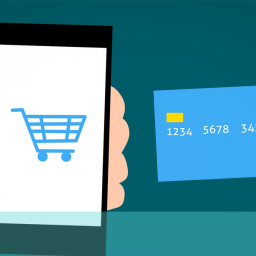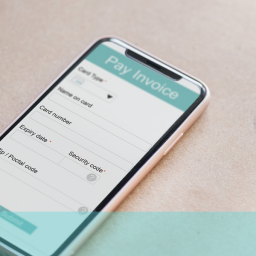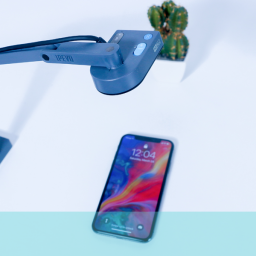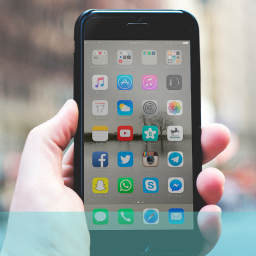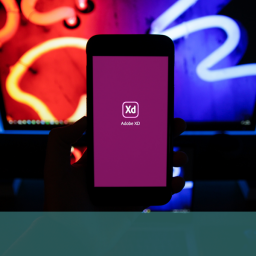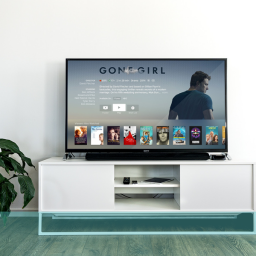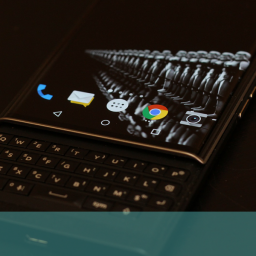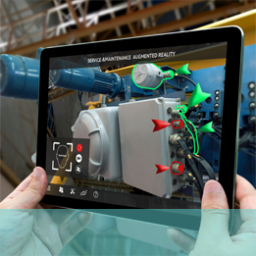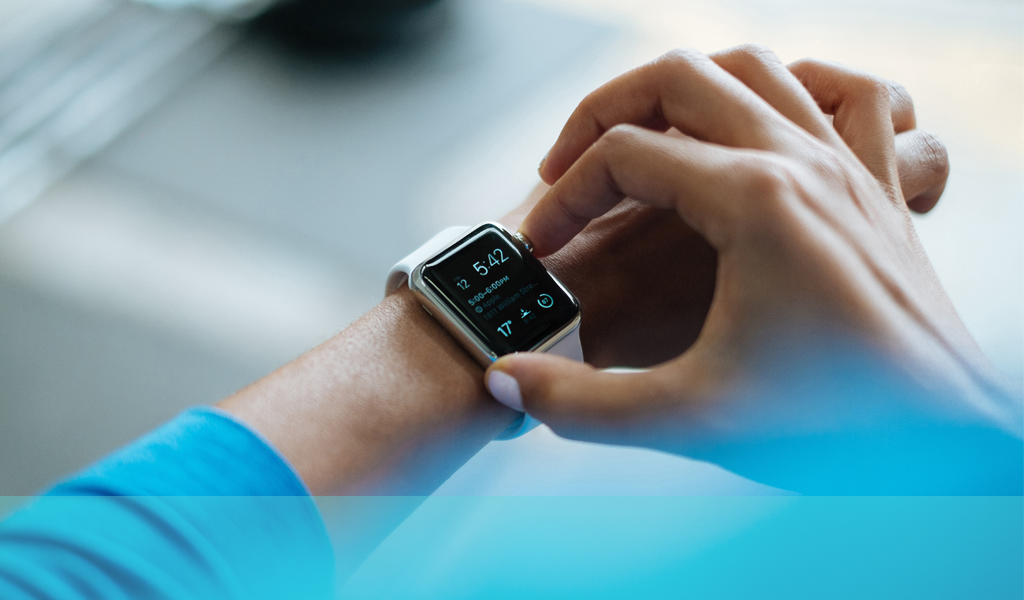
It is estimated that the wearable technology market could be worth as much as $50bn in the future; yet this rapidly expanding and developing area that seems to be getting largely missed by businesses on both sides of the divide – techno-driven companies and the designer/retailer fraternity. And the implications for multiplatform experience design are probably only just being recognised – if indeed they have been at all.
Android-connected wearables and multiplatform implications
Google has recently announced their ‘Android Wear‘ products. These are basically smart watches that act as remote displays for Android smartphones allowing the user to make touch or voice input, display Google Now feeds and notifications from apps on their smartphones. The ways these apps behave can be customised on the phone display but the device doesn’t run code. It just acts as an extension to the Android operating system. It does, however, offer particular opportunities for multiplatform developers to exploit a very immediate and personal connection with users.
Google glass – another multiplatform opportunity
Another recent innovatory product that falls within this category is Google glass – essentially a computer screen built into a headset that searches and displays information, films and takes pictures, translates and runs apps. It is activated by voice commands as well as taps and gestures transmitted through a touch-sensitive bar at the side. It runs a version of Android so developers can develop apps on a multi-platform basis that directly exploit its unique layout and design.
Other developments such as wearable sensor technology to monitor personal health indicators, heart rate during exercise, body motion and activity and so on, are further examples of this type of technology but offer less scope for developer innovation and exploitation, being focused on a single, specific use rather than providing access to information and apps.
Important challenge for multiplatform developers
So what does the emergence of this class of device really mean for developers? The products that transmit information directly to the user either through a device with a screen worn on the body or a screen built into glasses worn on the face, offer an almost subliminal, subconscious opportunity for getting messages across to the user group. Initially, at least, the relevance of apps to the user might be limited to specific functions such as route-finding, weather predicting and possibly functions like swift email reading for those on the move.
However, future development and broader adoption, plus a more flexible technology, might offer a wider range of communication vehicles for advertisers and developers in the future. As with all these technologies, progress is swift and businesses need to keep an eye open to make sure they don’t miss an important opportunity.
If you want to talk to an expert about this, or any other emerging technology with multiplatform experience implications, get in touch.


